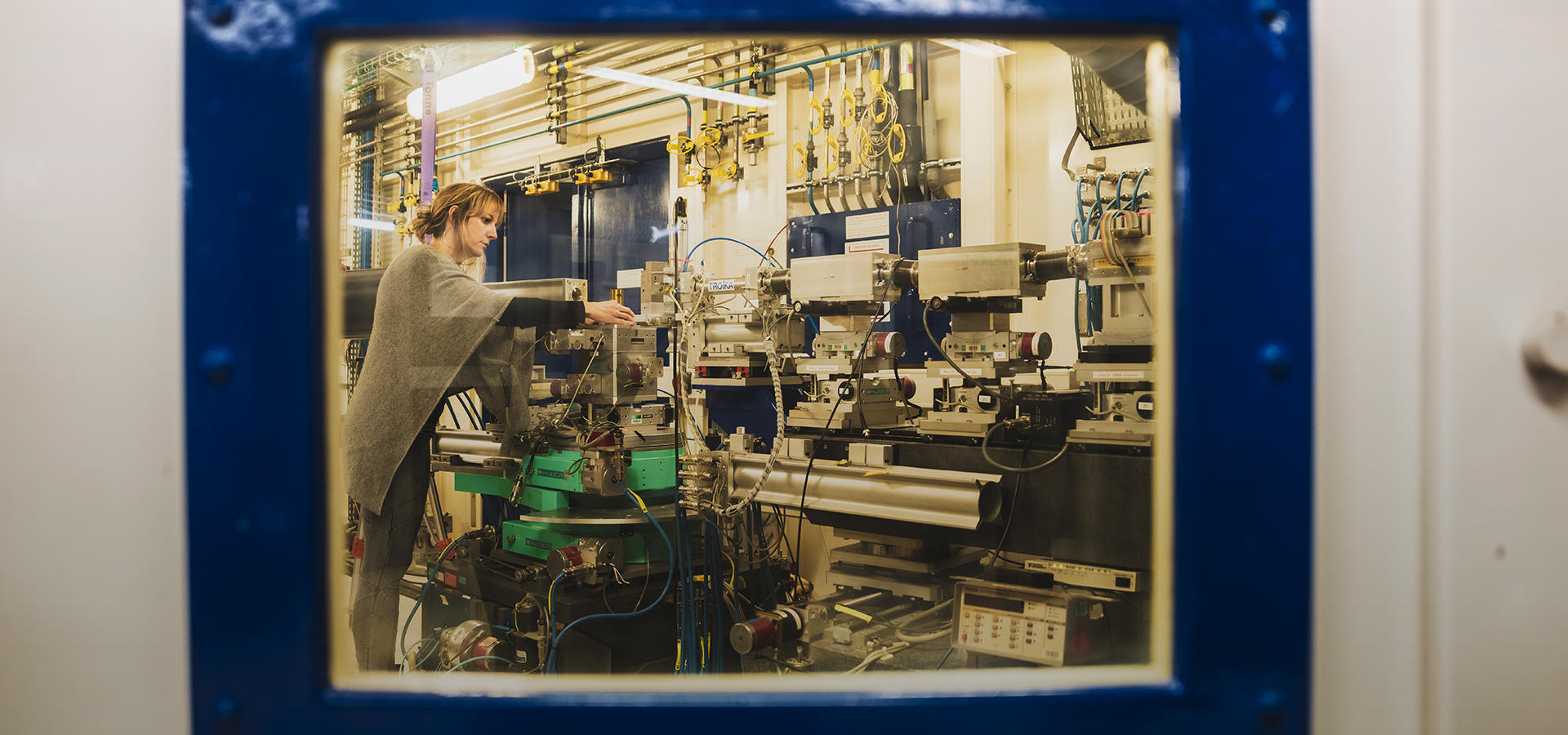Glasses have been used by humanity since millennia, yet we still don’t know much about their properties because they are disordered in the microscopic scale and can change spontaneously with time. In my ERC grant, I am studying whether different families of glasses subject to different mechanical and thermal constraints have a universal behaviour that can be predicted.
Pressure and temperature are the two key parameters controlling the properties of the materials. Whilst there are many temperature studies on glasses, pressure studies are scarce, owing to the experimental difficulties to perform in-situ high pressure experiments. I want to study the pressure response of glasses at the atomic scale.
My story with glasses comes from far. I started studying glasses in my master’s degree, when I had the opportunity to do a traineeship at the ESRF on polymeric glasses. During the beginning of my stay, a PhD position offer came up. I was young, just coming out of university, so I was not sure about it. Then I started doing experiments and everything changed. We had zero results at the beginning, however I really enjoyed the spirit of being a scientist: always looking for solutions to make things work, the brainstorming and the collaboration with fellow scientists, technicians and engineers. Eventually it all came together and the experiments ended up being successful.
After my PhD I got a post-doctoral researcher position on another beamline, ID10. It was a soft matter beamline, with a different technique (X-ray Photon Correlation Spectroscopy, XPCS) to what I had used before (Inelastic X-ray Scattering), and my supervisor left the ESRF shortly after the beginning of my contract. I was specialised in vibrational dynamics, tracking acoustic properties and all of a sudden, I was using a different technique focusing on microscopic relaxation processes. This situation pushed me to get my career going. I created a network with specialists and I switched to studying metallic glasses, because they were a relatively new family of glassy materials with intriguing properties.
Somehow, almost without realising, together with my collaborators I opened a new field of research, as no one was using XPCS to study glasses at the atomic scale before then. This translated in many new collaborations and users applying for beamtime on our beamline.
The Extremely Brilliant Source is fundamental in my research: I now get great quality data that were impossible in the past. In my experiments, I need coherence to apply in-situ high pressure and go through diamond anvil cells at high energy, and this is something that I can now do thanks to EBS.
Today, I have collaborators all over the world and I co-supervise students in different countries. I am also very proud of my ERC team. The ERC is the icing on the cake in my career.
CoherentGlasses - Grant No. 948780
A coherent view of Glasses: How coherent x-rays can elucidate the complex dynamics of glasses

